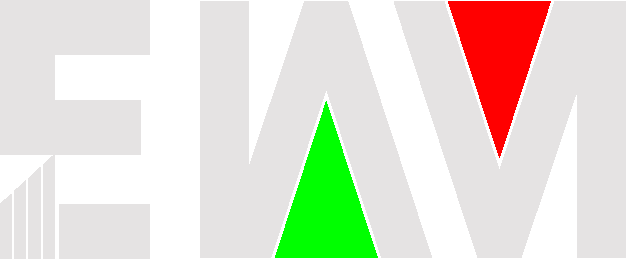What Is Elliott Wave Cheat Sheet
Elliott Wave Cheat Sheet explains all Elliott Waves theory patterns including rules, guidelines, internal structure and Fibonacci ratios.
Elliott wave cheat sheet shortens the time and helps you to understand Elliott theory in a very simple way, Elliott Wave cheat sheet is made to be your only reference.

What Is The Elliott Wave Theory?
Elliott Wave Theory, Elliott Wave Principle, or Elliott Waves was discovered by Ralph Nelson Elliott. He developed the analytical tools in the 1930s, and utilized understanding of crowd psychology and social trends to chart.
Elliott developed a rational system of market analysis. He proposed that market prices unfold in specific patterns, and isolated 13 patterns of movements that recur in the market price and are repetitive but not necessarily in time or altitude.
He named, defined and illustrated the patterns and linked them together to form a larger version of those same patterns. These patterns, in turn, link to form identical patterns of the next larger size.
According to Elliott wave theory, after conducting technical and behavioral analysis, several models can be built at extreme points, according to which price movement of the underlying asset shortly is determined.
The theory suggests that any major market move is a cyclical in nature, 5 cycles in the direction of the dominant trend and 3 against the trend.
The 5 waves are called Motive cycles and the other 3 are Corrective. This modeling significantly increase the probability of an accurate forecast with timely entry and exit from the market trend.
That is why the Elliott wave theory is considered as an effective tool for technical analysis of markets.
Motive Waves In Elliott Wave Cheat Sheet
Motive wave in Elliott Wave theory is the wave that does the action, while the corrective wave is the reaction of the first wave. The motive wave pushes the price in the same direction of the main trend. Motive wave patterns can’t be in the form of 3 waves.
Impulse Wave
The Impulse wave in Elliott Wave Theory is the wave that pushes the prices in the same direction as the trend at one larger degree. It’s the action wave. While the corrective wave is the reaction to the first wave. Therefore, the corrective wave moves in the opposite direction of the main trend.

Diagonal Waves
Diagonal Waves In Elliott Wave Cheat Sheet is a Motive Pattern, but not an impulse. It replaces the impulse waves at a specific location in the wave structure. However, the diagonal triangle is the only five wave structure in the direction of the main trend in which wave 4 almost always overlaps wave 1.
Leading Diagonal

Ending Diagonal

Contracting Diagonal

Expanding Diagonal

Corrective Waves In Elliott Wave Cheat Sheet
Corrective wave in Elliott Wave Theory is a reaction wave, while motive wave is the action wave.
In fact, the corrective wave pushes the price in the opposite direction of the main trend.
However, the correction pattern can never be subdivided into 5 waves, this feature is for motive waves only.
Zigzag Waves
A zigzag wave in In Elliott Wave Theory is the simplest corrective wave. Often it looks like an impulsive wave because it starts with 5.
Zigzag wave moves against the trend and can take the form of Zigzag, Double Zigzag, or Triple Zigzag.
Zigzag

Double Zigzag

Triple Zigzag

Flat Waves
A flat Wave in In Elliott Wave Cheat Sheet differs from a zigzag wave in that the sub-wave sequence is 3-3-5, where wave A is made up of 3 sub-waves labeled as A-B-C and not a 5 full waves as it does in zigzag.
Wave A of zigzag can be impulsive or leading diagonal, while wave A of flat could be any corrective pattern except triangles.
Flats are 3 wave corrective pattern labeled A-B- C but it moves in a sideways manner. There are essentially 3 types of flat corrections: regular, expanded and running. However, the most common type is the expanded, while running is rare.
Regular Flat

Irregular Flat

Running Flat

Triangle Waves
Triangle pattern In Elliott Wave Cheat Sheet is a consolidation pattern that connotes the continuation of the existing trend, & it’s considered the most important sideways action.
This pattern indicates that buyers and sellers are equal in strength. Triangles are formed when the market activity is reduced because the direction of the movement is not clear.
During this sideways movement, the volatility also comes down. Since triangles are formed, the volume also falls during this period.
Triangles move within 2 channel lines, first line is from waves A to C, the second line is from B to D. so a triangle is either contracting or expanding depending on the channel lines if they are converging or expanding.
Triangles occur in waves 4 or B, but they can’t be wave 2
There are 2 types of triangles: contracting & expanding.
Contracting Triangle

Expanding Triangle

How To Trade Wave 3

